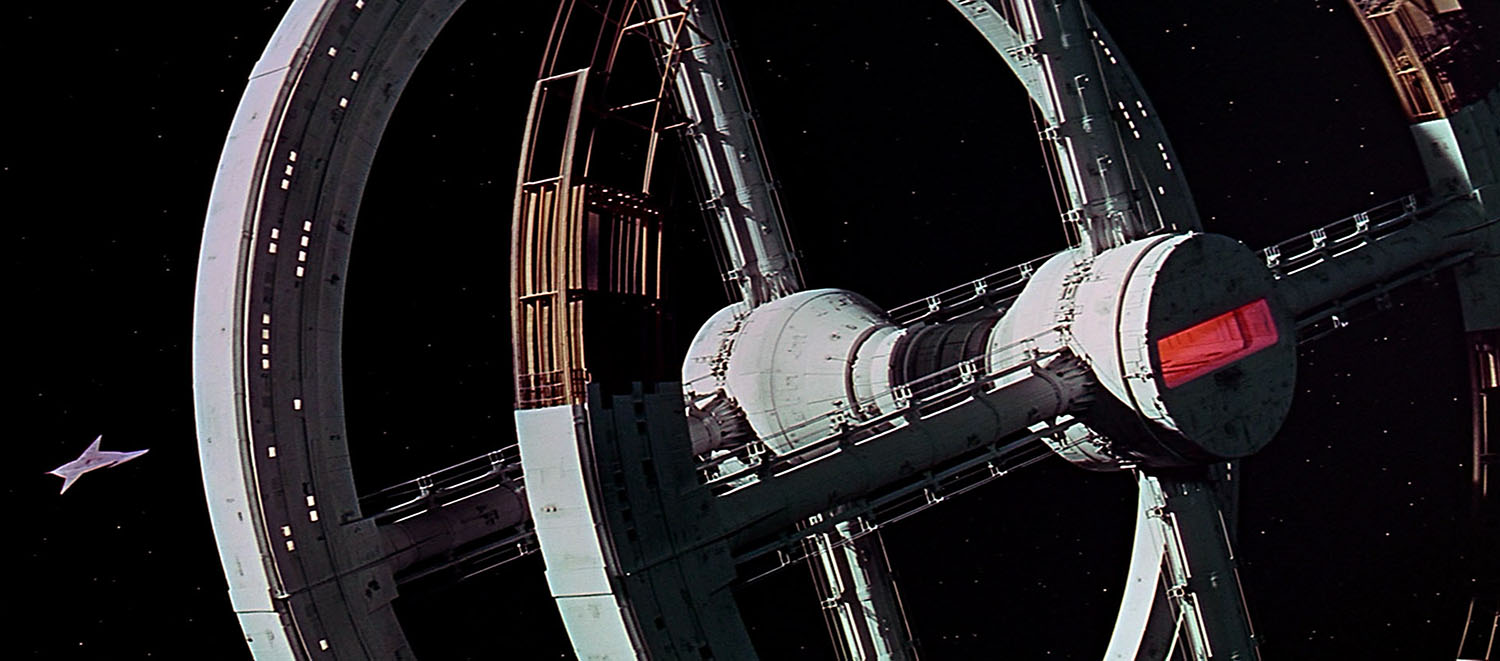

Vision: To Boldly Go
Warwick Fairfax
February 20, 2019
Science fiction at its best holds the promise of what can be. It is idealistic and hopeful. That is what vision, at least great vision, is about – a clear picture of a better tomorrow.
My first introduction to science fiction was through the movie “2001: A Space Odyssey,” which came out in 1968. From the very first scene, I was transfixed. Many technologies that did not exist at the time, but would exist decades later, were shown. So many touches are designed to make you feel like you are there. When Dr. Floyd is on the space station, he uses voice print identification, a technology that would not exist until the late 1990s. Later on, we see Dr. Floyd in a Bell telephone video conference booth to wish his young daughter back on earth a happy birthday. Affordable video conferencing with webcams came in the 1990s, while the iPhone, which would have video call technology, was launched in 2007. Later, we see three scientists in cryogenic hibernation on a spacecraft run by a highly sophisticated, emotionally intelligent talking computer named HAL. While we have computer devices we can talk to and get answers from like Siri or Alexa, we still don’t have sophisticated emotionally intelligent AI devices like HAL, at least not yet!
The world that is created within this movie gives such a precise picture of a better tomorrow. A great personal or professional vision is often like this – a clear picture of a preferred future and a better tomorrow. It feels so real that you can almost touch it. It feels so real that you would want to live there – you want that vision to happen now.
Another great example of this is the original “Star Trek” series that came out in 1966. The show imagines a world where a collection of planets has banded together under an organization called the United Federation of Planets. Within the Federation there are no wars or poverty. It’s almost a utopian society. Starfleet is the defensive, scientific, and exploratory arm of the Federation, composed of many spacecrafts. Starfleet’s mission in the original 1966 series was, famously, “to boldly go where no man has gone before.”
Science fiction at its best such as “2001: A Space Odyssey” and “Star Trek” provide a great example of vision. It is bold and feels far removed from where we are, but yet also feels attainable. The clarity of the vision makes it seem so real. Who of us would not want a future with a more peaceful, inclusive society or with great technological advances?
We spoke in the last blog of how vision often arises out of something you feel must change, perhaps relating to a crucible experience. But vision can also arise out of something that you feel could happen. You lie awake at night dreaming about it. Start thinking about what is it that you would like to have happen. Think far into the future. What would life look like? Once you have that vision in your head, write it down. Fill in the details of the vision, so that you can almost feel it and touch it. You know you have arrived at a good vision when it feels almost impossible — but not quite.
The next step is to get a core team together who share the same vision. The technology or infrastructure may not yet exist to make all of your vision become reality. But get started on a piece of it. What can you do now? What is the first step?
The takeaway here is to let your imagination go. It may take time, even years, for your vision to become clear, but start today. Boldly go where no one has gone before.
Reflection
What is your vision of a better tomorrow?
Next Steps
What first step will you take to make the vision happen?
Below are some next steps to get started:
- Write down what you feel would be amazing if it could happen.
- Imagine a time a few years from now when your vision has become reality. Write down what you see or paint a picture of what life looks like in this vision.
- Share your vision with a core team that believes in the vision. Ask them to add to it and make it better.

